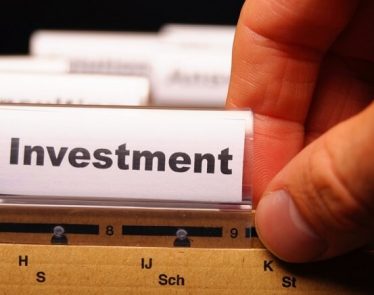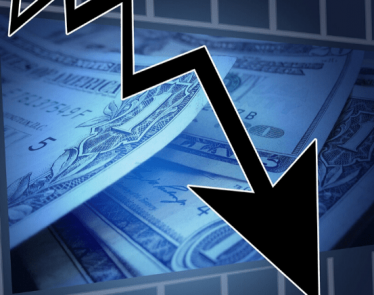
Right now, the market is full of undervalued stocks. However, finding the ones that will turn you a significant profit can be tricky.
For a stock to be truly undervalued, it can’t just have a low price tag or a significant value decrease from some good days of old. It has to show future potential, that it will bounce back up from the low and at some point deliver profits for those who bought in low.
But how can you know if a stock will do that? Well, you can’t! Nobody can predict the future, but there are some tell-tale signs to look for when considering undervalued stocks.
Undervalued Stocks: Intrinsic Value
Firstly, undervalued stocks are shares with a selling price that is far below what could be considered its intrinsic value.
Intrinsic value is measured by factors such as cash flow, assets, and liabilities. Assets are things the company owns that create value, and liabilities are things the company owns that may bring losses and include debt.
Undervalued Stocks Example
So take an example of a stock selling for $5 right now. If that stock has sold for five times that amount in the past and based on predictable cash flows, could be worth ten times that in the future, its intrinsic value could be considered greater than $5. As such, this is an undervalued stock.
In order to assess the true intrinsic value of a stock, measuring stock ratios can help to determine if it is worth your investment.
Using Ratios: P/E, P/B, Debt-to-Asset, Current Ratio
P/E Ratio
P/E = price vs earnings. A P/E ratio compares the current selling price of a stock with the earnings made from each share. A low ratio indicates a cheaper stock, and it will usually list under the price chart.
P/B Ratio
P/B = price vs book. A P/B ratio compares the current stock price with the book value of the stock. The book value is the price the company has the stock listed at in its balance books. It can be found on a company’s balance sheet or website. Look for a stock with a P/B ratio of 1 or less as this usually indicates undervalued stocks.
*To get the P/B ratio, divide the current share price by the book value per share and remember you need this number to be 1 or under. Eg. If a share costs $20 and the book value is $5, then the P/B ratio is 4. This is no good for you if you’re looking for an undervalued stock.
>> Cannabis Penny Stocks Stay Green, but Canada’s Big Four are Red
Debt-to-Asset Ratio
A company with a debt-to-asset ratio of 1.10 or less is ideal. This indicates more assets than debt and is a sign of a strong company and stock. It is usually listed on the stock page.
Current Ratios
A current ratio that is higher than 1.5 indicates undervalued stocks. The current ratio compares assets of a company to its liabilities. A 1.5 shows that the company has more assets than they do liabilities. Most stock websites will list this.
Featured Image: Depositphotos/© ijeab












